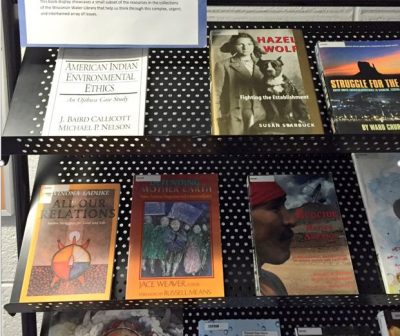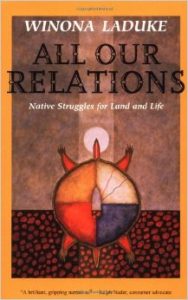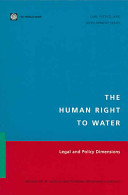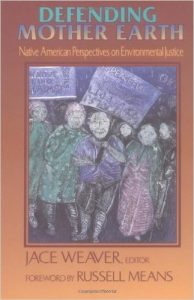Books have the power to inspire and enlighten. Diversity in books, especially in literature published for youth, is essential. All children must see themselves in the pages of the books they read, especially as we inspire and motivate the next generation of Great Lakes and water leaders. The library continues to develop our collection to reflect the diverse members and experiences in our community of readers.
AGUA, AGUITA
By Jorge Argueta; illustrated by Felipe Ugalde; translated by Gabriela Baeza Ventura. Houston: Piñata Books, an imprint of Arte Público Press, 2017.
ALL THE WAY TO THE OCEAN
By Joel Harper, illustrated by Marq Spusta. Claremont, CA: Freedom Three, 2006.
ALL THE WORLD
by Liz Garton Scanlon; illustrated by Marla Frazee. New York : Beach Lane Books, [2009]
ANISHINAABE COLORING AND ACTIVITY BOOK
Odanah, WI: Great Lakes Indian Fish and Wildlife Commission, 2016.
BUZZING WITH QUESTIONS: THE INQUISITIVE MIND OF CHARLES HENRY TURNER
By Janice N. Harrington, Janice N. Honnesdale, PA: Calkins Creek, 2019.
CHANGING THE EQUATION: 50+ BLACK WOMEN IN STEM
By Tonya Bolden. New York: Harry N. Abrams, 2020.
A COOL DRINK OF WATER
by Barbara Kerley. Washington, D.C.: National Geographic Society, 2012.
THE EARTH BOOK
By Todd Parr. New York: Little, Brown and Company Books for Young Readers, 2010.
EARTH DANCE
By Joanne Ryder, illustrated by Norman Gorbaty. New York, NY: Henry Holt, 1996.
EARTH BOOK FOR KIDS: ACTIVITIES TO HELP HEAL THE ENVIRONMENT
by Linda Schwartz ; illustrated by Beverly Armstrong. Santa Barbara, Calif. : Learning Works, c1990.
FARMER WILL ALLEN AND THE GROWING TABLE
By Jacqueline Briggs Martin; illustrated by Eric-Shabazz Larkin. Bellevue, WA: Readers to Eaters, 2013.
GANAWENIMAA NIMAMAINAN AKI = RESPECT OUR MOTHER EARTH: A KID’S ENVIRONMENTAL ACTIVITY BOOKLET
By Sue Erickson; Dennis Soulier; Great Lakes Indian Fish & Wildlife Commission. Odanah, WI : Great Lakes Indian Fish & Wildlife Commission, [2005?]
GIMAAMAA-AKIIMINAAN GIMIIGWECHIWENDAAMIN : THANKFUL FOR OUR MOTHER EARTH: A KID’S MANOOMIN ACTIVITY BOOKLET
By Dylan Jennings; illustrated by Welsey Ballinger. Second edition. Odanah, WI: Great Lakes Indian Fish & Wildlife Commission, 2017.
GIMAAMAA-AKIIMINAAN GIMIIGWECHIWENDAAMIN : THANKFUL FOR OUR MOTHER EARTH: SPEARING THROUGH THE ICE, ACTIVITY BOOKLET
By Dylan Jennings; illustrated by Welsey Ballinger. Odanah, WI: Great Lakes Indian Fish & Wildlife Commission, 2016.
GREEN, GREEN: A COMMUNITY GARDENING STORY
By Marie Lamb and Baldev Lamba. Pictures by Sonia Sanchez. New York: Farrar Straus Giroux, 2017.
GROWING UP OJIBWE
By Joshua M. Whitebird, Joshua M.; illustrated by Edward Benton-Banai. Odanah, WI : Great Lakes Indian Fish and Wildlife Commission, 2018.
HEH, WATER!
By Antoinette Portis. New York: Neal Porter Books,2019.
HEROES OF THE ENVIRONMENT: TRUE STORIES OF PEOPLE WHO ARE HELPING TO PROTECT OUR PLANET
By Harriet Rohmer, illustrated by Julie McLaughlin. San Francisco: Chronicle Books, 2009.
IQBAL AND HIS INGENIOUS IDEA: HOW A SCIENCE PROJECT HELPS ONE FAMILY AND THE PLANET
By Elizabeth Suneby, illustrated by Rebecca Green. Toronto: Kids Can Press, 2018.
KEEPERS OF THE EARTH: NATIVE AMERICAN STORIES AND ENVIRONMENTAL ACTIVITIES FOR CHILDREN
By Michael J. Caduto. Golden, CO: Fulcrum Pub., 1997
KENYA’S ART
By Linda Trice; illustrated by Hazel Mitchell. Watertown, MA : Charlesbridge, 2016.
THE LITTLE MERMAID
By Jerry Pinkney. New York: Little Brown, 2020.
THE MAGIC FISH
By Trung Le Nguyen. New York: Random House, 2020.
THE MESS THAT WE MADE
By Michelle Lord, illustrated by Julia Blattman. Brooklyn, NY: Flash Light Press, 2020.
NANBOSHO, SOARING EAGLE AND THE GREAT STURGEON
By Joe McLellan, illustrated by Rhian Brynjolson. Winnipeg: Pemmican, 1993.
NATIVE AMERICANS OF THE GREAT LAKES
By Stuart A Kallen. San Diego, Calif.: Kidhaven Press, 2004.
THE OJIBWA: WILD RICE GATHERS
By Therese DeAngelis. Mankato, Minn.: Capstone, ©2004.
ONE PLASTIC BAG: ISATOU CEESAY AND THE RECYCLING WOMEN OF THE GAMBIA
By Miranda Paul; illustrated by Elizabeth Zunon. Minneapolis: Millbrook Press, 2015.
ONE WELL: THE STORY OF WATER ON EARTH
By Rochelle Strauss; illustrated by Rosemary Woods. Toronto: Kids Can Press, ©2007.
OVER AND UNDER THE POND
By Kate Messner; illustrated by Christopher Silas Neal. San Francisco: Chronicle Books, 2017.
RECYCLING DAY
By Edward Mille. New York: Holiday House, [2014]
A RIVER RAN WILD: AN ENVIRONMENTAL HISTORY
By Lynne Cherry. San Diego: Harcourt Inc., [2002]
THE SACRED HARVEST: OJIBWAY WILD RICE GATHERING
By Gordon Regguinti; Dale Kakkak; Michael Dorris. Minneapolis : Lerner Publications, 1992.
SCIENCE IS EVERYWHERE: SCIENCE IS FOR EVERYONE
By Jeanette Davis; illustrated by Philbert Washington. Atlanta, GA.: Mynd Matters Publishing, 2019.
SEEDS OF CHANGE
By Jen Cullerton Johnson, illustrated by Sonia Lynn Sadler. New York: Lee and Low Books, 2010.
SNOW FOR EVERYONE
By Antonie Schneider and Pei-Yu Change. New York: North South Books, 2019.
STEPPING STONES: WALKING LAKE MICHIGAN
By Carol Ann Trembath. Evanston, IL: Lakeside Publishing, 2017.
THE STORY OF MANOOMIN
Cloquet, Minnesota : Fond du Lac Head Start, [2014]
THIS IS OUR WORLD: A STORY ABOUT TAKING CARE OF THE EARTH
By Emily Sollinger, illustrated by Jo Brown. New York: Little Simon, 2010.
TROUT ARE MADE OF TREES
By April Pulley Sayre, illustrated by Kate Endle. Watertown, MA: Charlesbridge, 2008.
WANGARI MAATHAI: THE WOMAN WHO PLANTED A MILLION TREES
By Emmanuel Mbogo. Dar es Salaam: Vision Strategic Impact Limited, 2015.
THE WATER WALKER
By Joanne Robertson. Toronto, Ontario, Canada: Second Story Press, 2017.
WATER WALKERS
By Carol Ann Trembath. Evanston, IL: Lakeside Publishing, 2014
WATER WALKERS: WALKING LAKE SUPERIOR
By Carol Ann Trembath. Evanston, IL: Lakeside Publishing, 2016.
WE ARE WATER PROTECTORS
By Carole Lindstrom; illustrated by Michaela Goade. New York, NY : Roaring Brook Press, 2020.
WHAT’S THE POINT OF BEING GREEN?
By Jacqui Bailey. Hauppauge, NY: B.E.S. Publishing, 2010.
WHERE’S RODNEY?
By Carmen Bogan; illustrated by Floyd Cooper. San Francisco, CA: Yosemite Conservancy, Yosemite National Park, 2017.
YOUNG WATER PROTECTORS…A STORY ABOUT STANDING ROCK
By Aslan Tudor, co-written by Kelly Tudor. [n.p.] Eaglespeaker Publishing, [n.d.]
Anyone in Wisconsin can borrow these books. Just email askwater@aqua.wisc.edu.
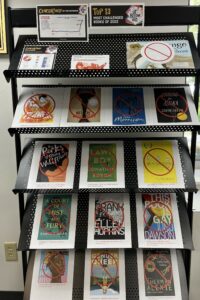 Banned Books Week began in 1982, in response to a surge of book bans and challenges. It was specifically started by Judith Krug, a librarian and strong proponent of freedom of speech. Since then, the American Library Association has tracked the number of books that have been banned or challenged across the United States. The pressing nature and need of this week has not diminished but only increased since then.
Banned Books Week began in 1982, in response to a surge of book bans and challenges. It was specifically started by Judith Krug, a librarian and strong proponent of freedom of speech. Since then, the American Library Association has tracked the number of books that have been banned or challenged across the United States. The pressing nature and need of this week has not diminished but only increased since then.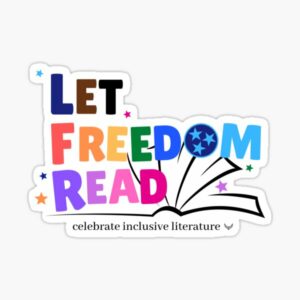 Learn more
Learn more
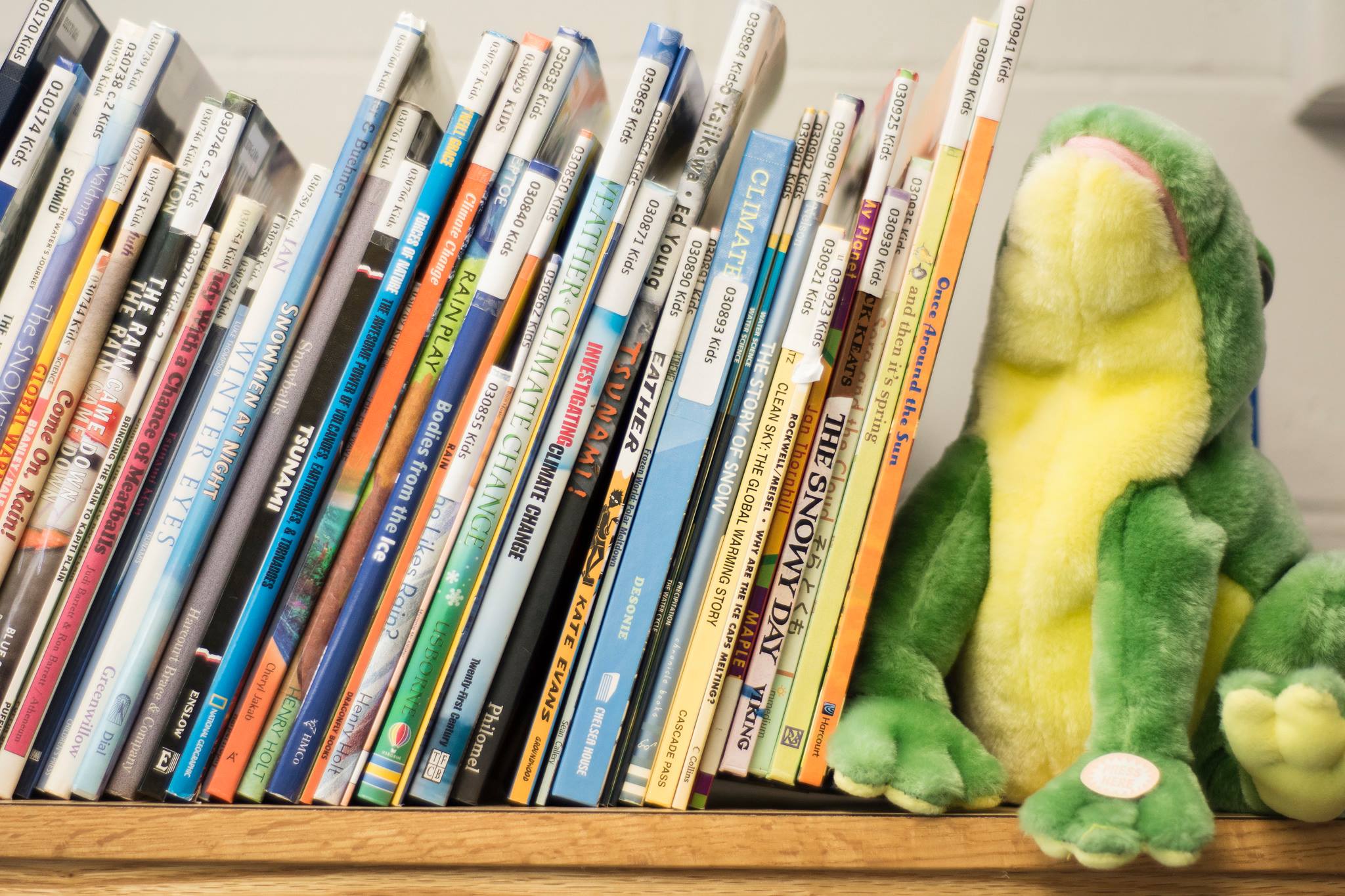



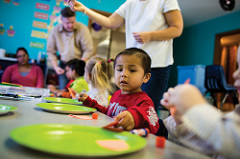
 Indigenous People’ Day / by Katrina M. Phillips. North Mankato, Minnesota: Pebble Explore, 2022. Ages 5-8.
Indigenous People’ Day / by Katrina M. Phillips. North Mankato, Minnesota: Pebble Explore, 2022. Ages 5-8.
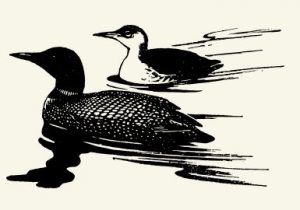 Black, Merel R., and Emmet J. Judziewicz. Wildflowers of Wisconsin and the Great Lakes Region a Comprehensive Field Guide. 2nd ed., University of Wisconsin Press, 2009.
Black, Merel R., and Emmet J. Judziewicz. Wildflowers of Wisconsin and the Great Lakes Region a Comprehensive Field Guide. 2nd ed., University of Wisconsin Press, 2009.
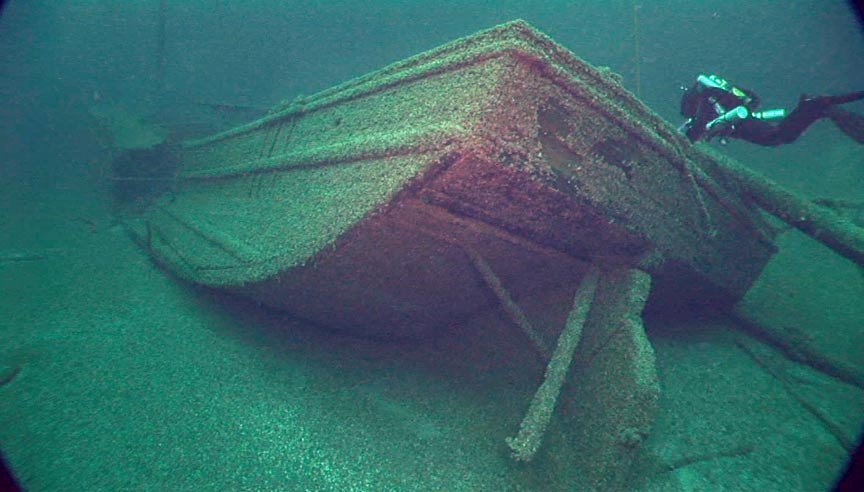
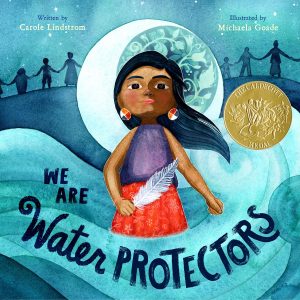
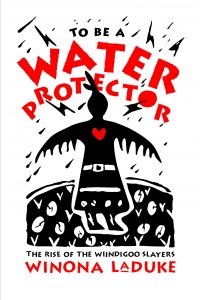
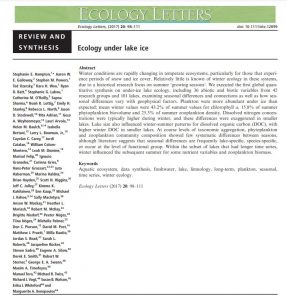
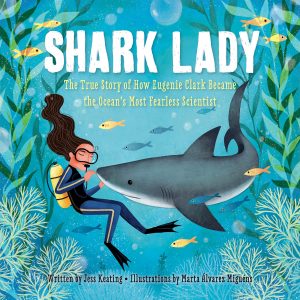
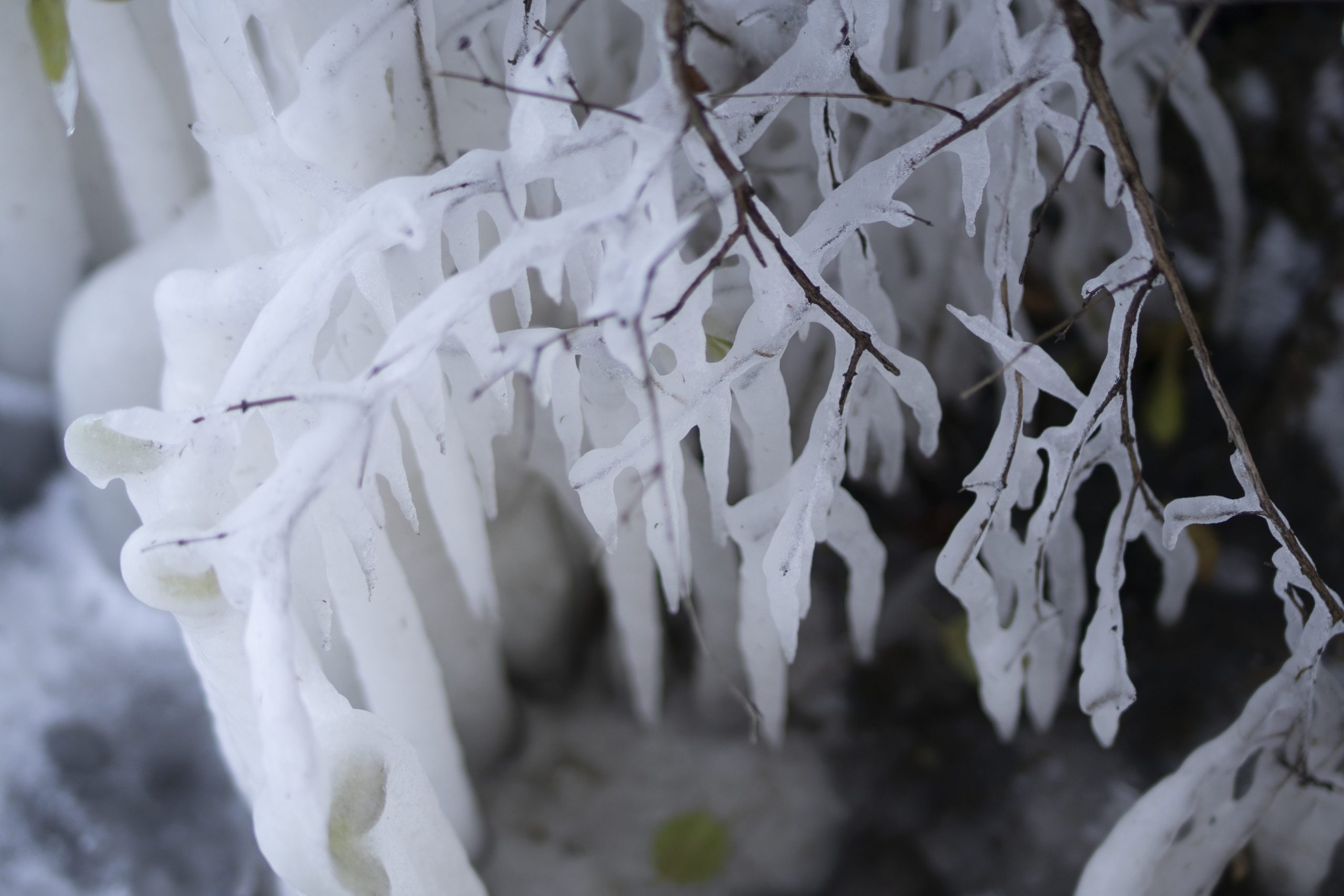
 With this week’s find of the Endurance, polar explorer Ernest Shackleton’s very long-lost ship that sank in 1915, ice is on our mind. The location of the wreck, close to 10,000 deep, is one of the iciest on the planet. And because of the cold waters, the wreck is in almost pristine condition.
With this week’s find of the Endurance, polar explorer Ernest Shackleton’s very long-lost ship that sank in 1915, ice is on our mind. The location of the wreck, close to 10,000 deep, is one of the iciest on the planet. And because of the cold waters, the wreck is in almost pristine condition.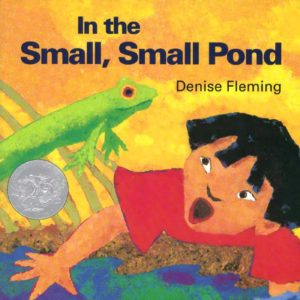
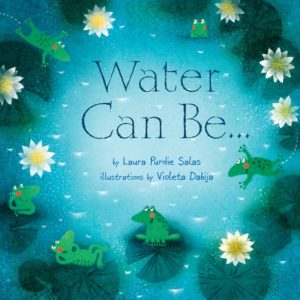
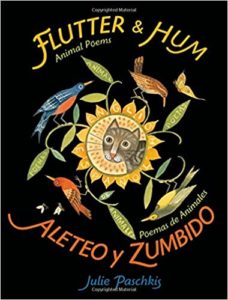
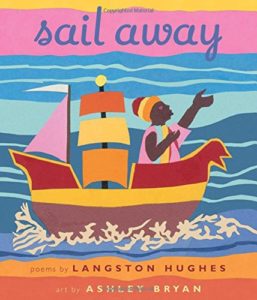
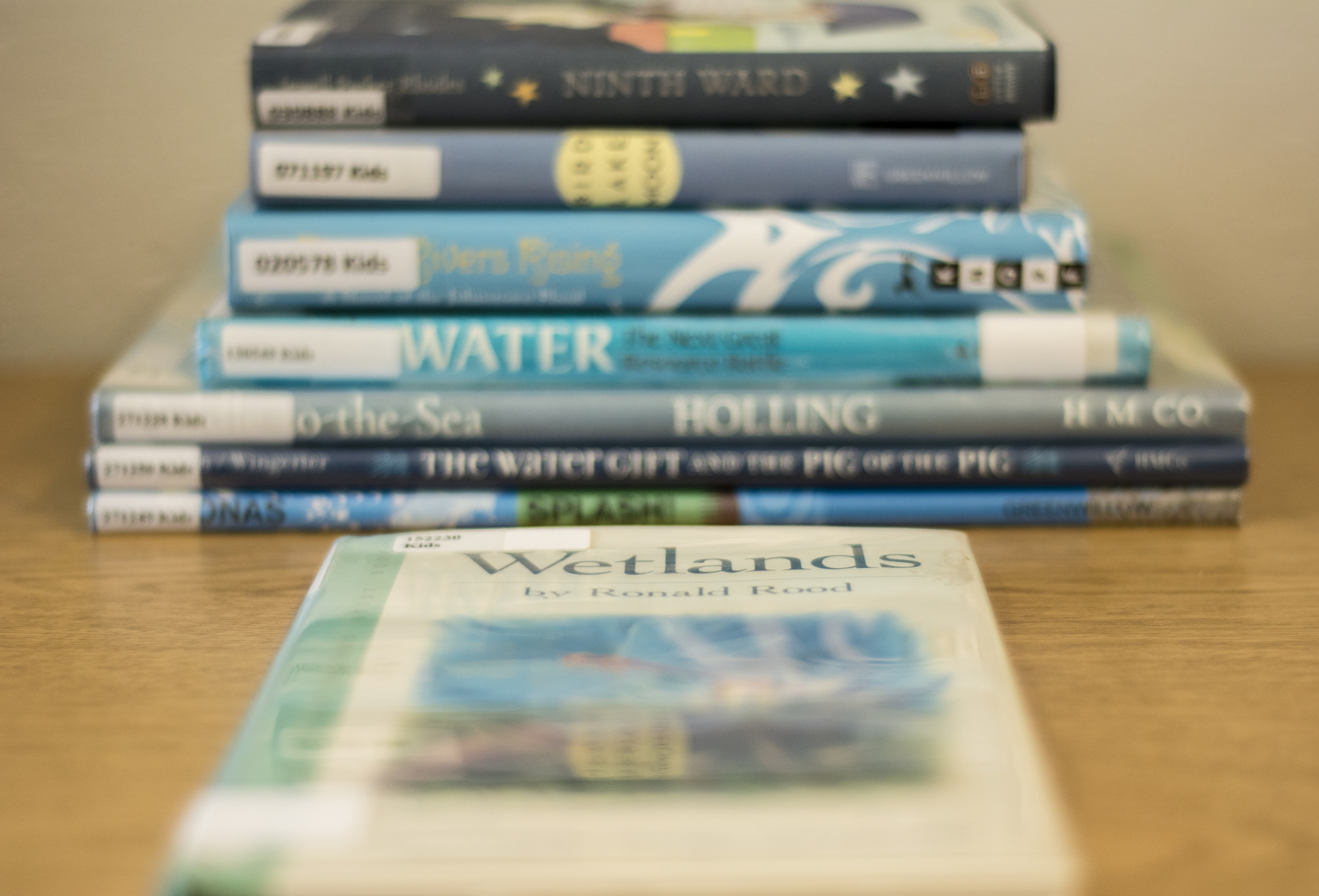
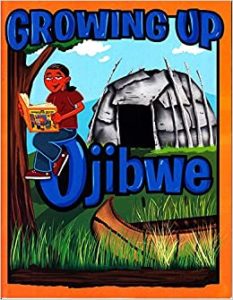
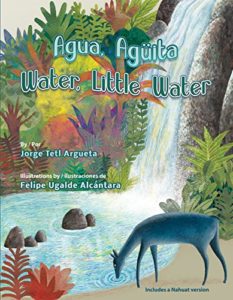
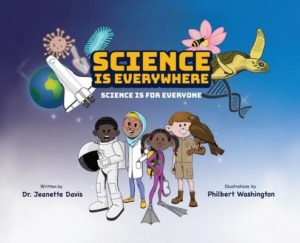
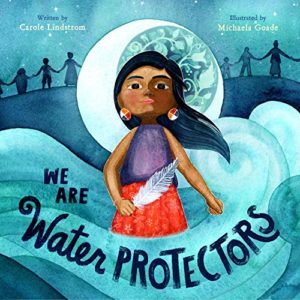

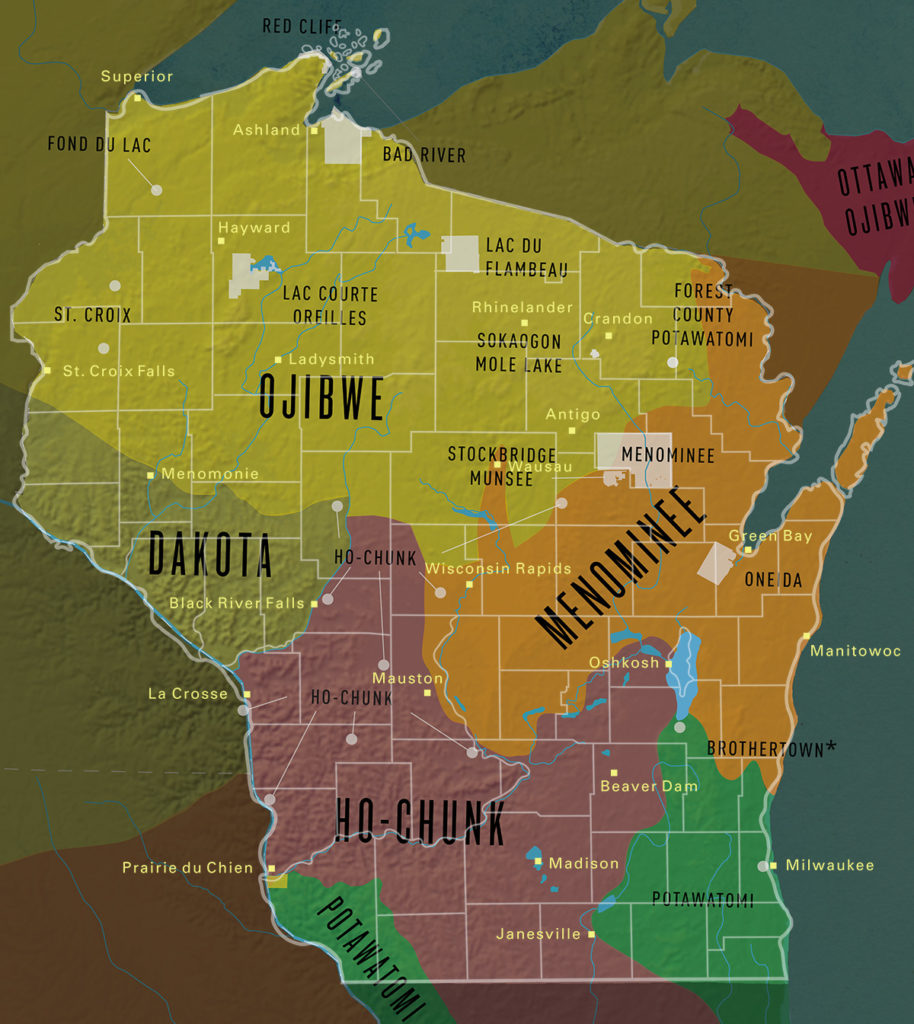
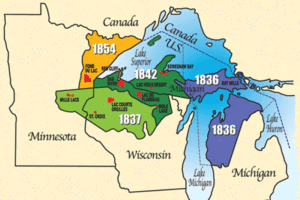


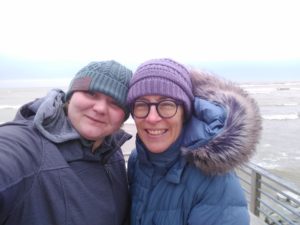 During this time of social distancing, I am sad to be writing at home to say goodbye to a friend and collaborator I have had the honor of working with over the past several years. For a long time, as an outreach librarian, I wanted to teach kiddos about underwater exploration but had no idea how to approach it. I sought help from Maritime Archaeology program at the Wisconsin Historical Society and they paired me with an intern, Tori Kiefer. Tori and I have worked closely over the years to expand what Wisconsin Sea Grant and the library can offer in shipwreck education. She brought her expertise to me and we worked together to produce an informal education program that kids and adults have loved. I shall forever remember how cool the Silver Lake is, the only double centerboard scow schooner shipwreck found in the Great Lakes. I will probably never don a wet suit and dive for shipwrecks, I owe my passion for teaching the subject to my friend.
During this time of social distancing, I am sad to be writing at home to say goodbye to a friend and collaborator I have had the honor of working with over the past several years. For a long time, as an outreach librarian, I wanted to teach kiddos about underwater exploration but had no idea how to approach it. I sought help from Maritime Archaeology program at the Wisconsin Historical Society and they paired me with an intern, Tori Kiefer. Tori and I have worked closely over the years to expand what Wisconsin Sea Grant and the library can offer in shipwreck education. She brought her expertise to me and we worked together to produce an informal education program that kids and adults have loved. I shall forever remember how cool the Silver Lake is, the only double centerboard scow schooner shipwreck found in the Great Lakes. I will probably never don a wet suit and dive for shipwrecks, I owe my passion for teaching the subject to my friend.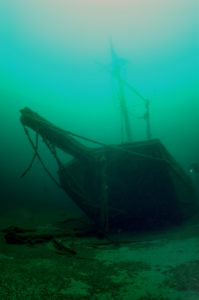
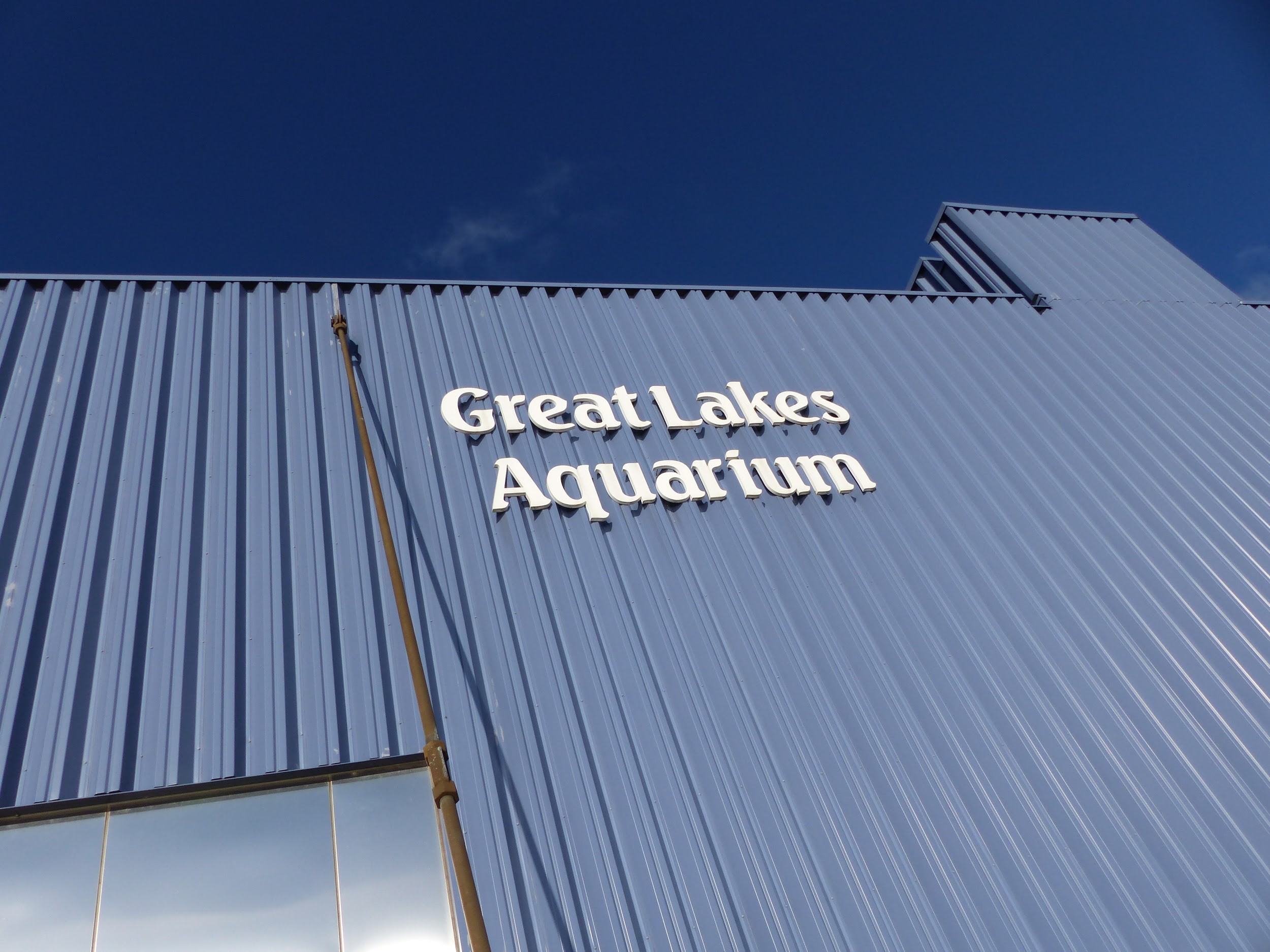
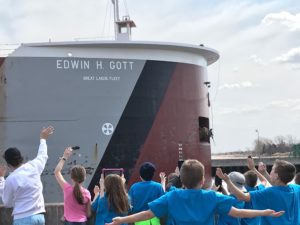
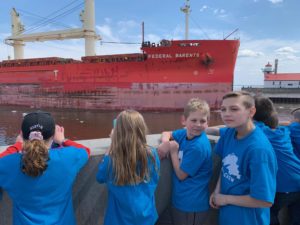
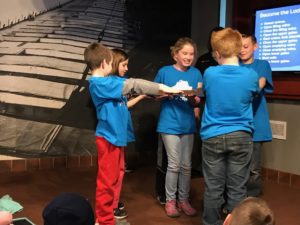
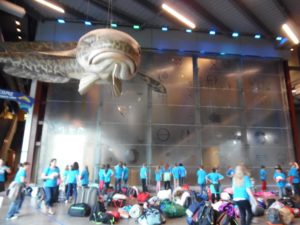
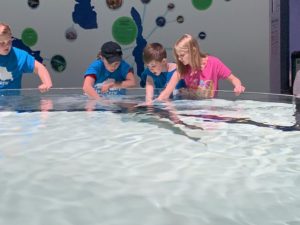
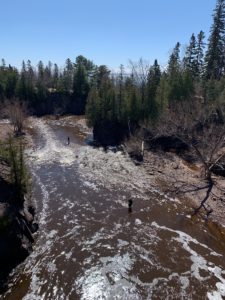
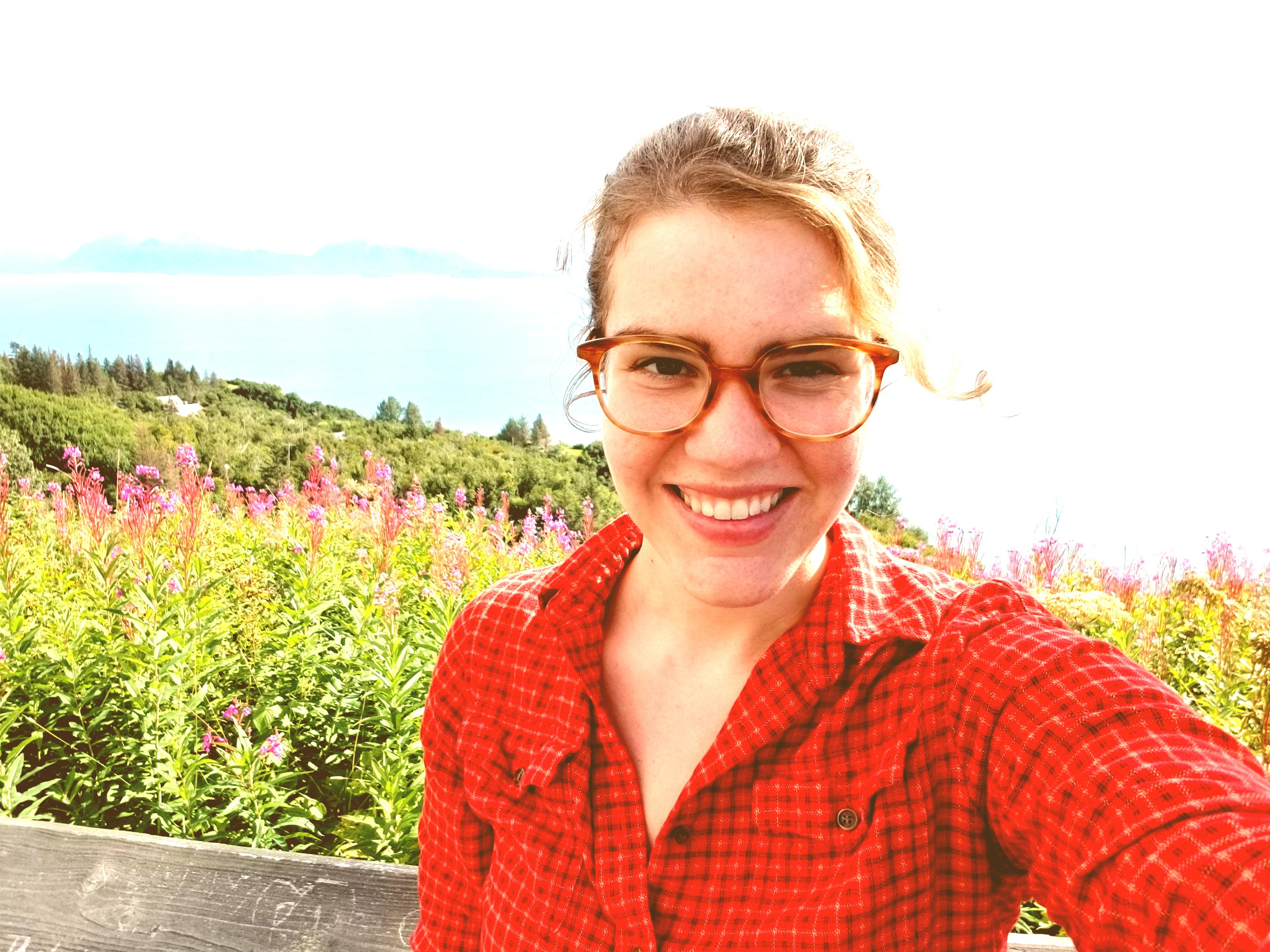
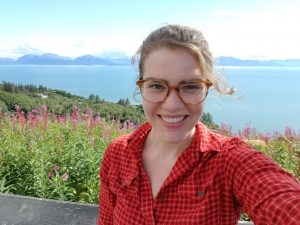
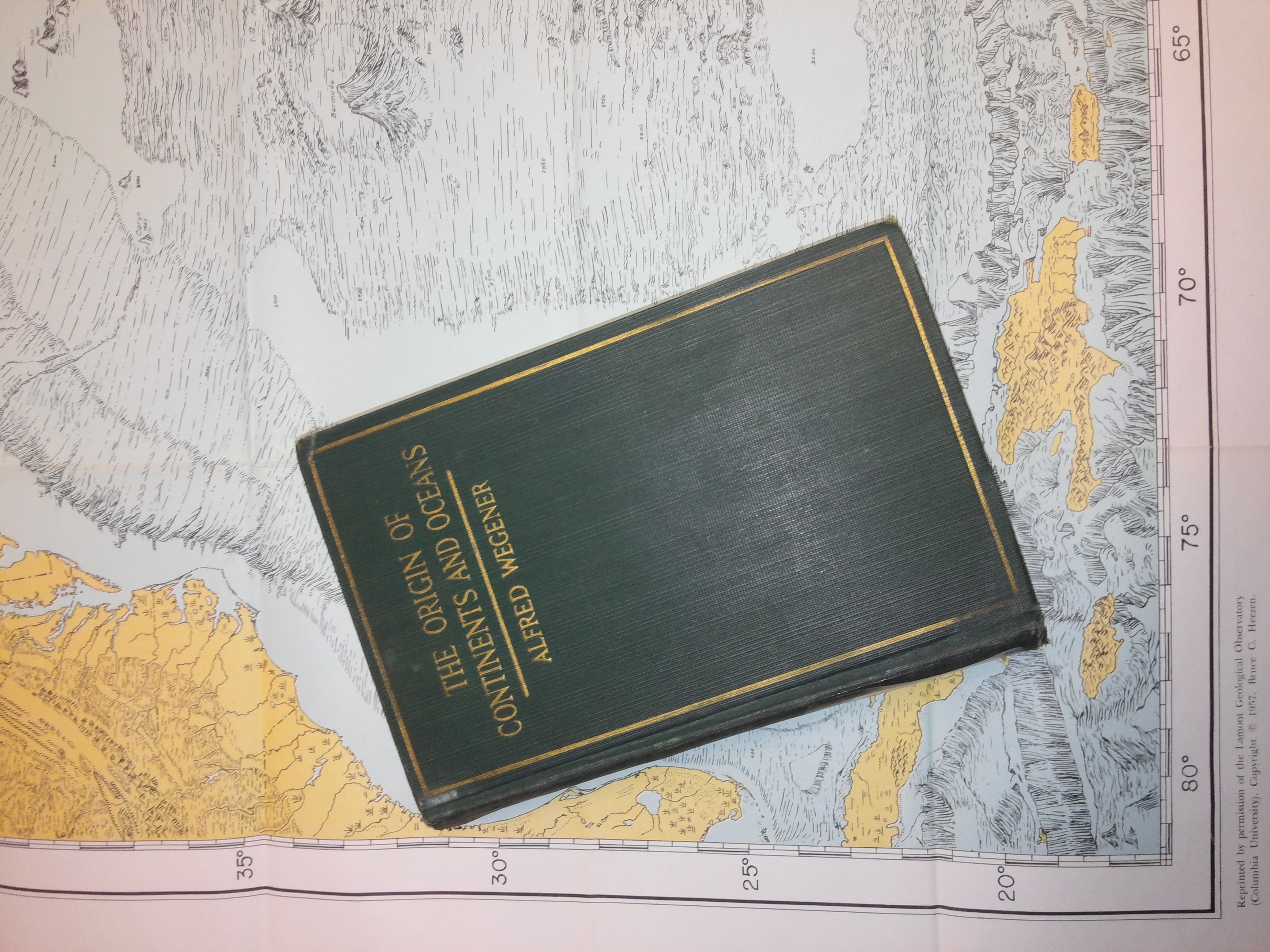
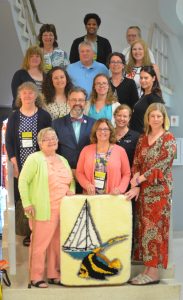 A unique group of librarians is holding its first conference in the Great Lakes region next week. They are librarians who specialize in marine and freshwater science topics and who belong to a regional branch of the International Association of Aquatic and Marine Science Libraries and Information Centers. Their conference, “Great Lakes, Great Libraries,” is being held in Madison, May 16-19.
A unique group of librarians is holding its first conference in the Great Lakes region next week. They are librarians who specialize in marine and freshwater science topics and who belong to a regional branch of the International Association of Aquatic and Marine Science Libraries and Information Centers. Their conference, “Great Lakes, Great Libraries,” is being held in Madison, May 16-19.